Story by: Bhargav TS
The global automotive industry is facing challenges in several key areas, including energy, emissions, safety, and affordability. Lightweighting is an important and strategic method to deal with all of them. Minimising vehicle weight requires a systems-engineering design optimisation and iteration process that combine material properties and manufacturing processes to meet product requirements at the lowest mass and/or cost. Although cars have been around for more than a century, the material that makes it has remained the same, steel. However, some advanced materials have been introduced since a few years. The most commonly used alternatives for mass produced passenger cars are aluminum, magnesium alloys and carbon fibre composites. These lightweight materials can cut a vehicle’s body and chassis weight by half leading to increased fuel economy, and a range of hybrids, plug-ins and electric cars.
Though making components and vehicles lighter is a continuous process, the UK-based Gordon Murray Design (GMD) is recognised as a world leader in automotive design with complete in-house capability for design, prototyping and development. It has come up with a new chassis frame technology called ‘iStream’, which, GMD claims, can reduce the vehicle weight by half. The patented iStream is applicable to all vehicle segments from small cars to heavy commercial vehicles. Based on a tubular metal frame to support body panels, the iStream system was developed by the former Formula One and sports car designer Prof Gordon Murray to reduce manufacturing cost and vehicle weight.
Intially, the system used thin-wall, high-strength steel tubing, as this was preferred by many car manufacturers. GMD has introduced an updated version of iStream using aluminium thin-wall tubing and honeycomb recycled carbon-composite panels in place of stamped metal.
Mike Brown, Director, Advanced Product and Business Strategy, GMD, told Auto Components India, “We have our own iStream technology, which has various levels. Our base iStream technology is still a cheaper frame, with very low composite panel. The advantages of iStream Fibrelight are enormous, especially the lightweight panels that allow a great level of affordability. The composite technology that we have for iStream is low-cost to manufacture. So we are very confident that we can do it with less investment and at lower cost.”
He further said, “In the iStream 1, the stamps and core composite panels are 20-30% lighter than equivalent stamps in Body-in-white (BIW). In iStream Superlight, which is our new technology with aluminium extrusion and tubes, the composites are 50% lighter. And it doesn’t need to have stamping tool and multi-stage pressing. It has a flexible jig and fixturing. Therefore it is a low-cost tooling for the composite panel.”
iStream is essentially a manufacturing process that claims to cut drastically the production costs associated with the composite materials like carbon fibre. iStream uses an iFrame, a new idea for a car chassis composed of large diameter, thin walled steel tubes that are formed, laser-cut and profiled and computer-controlled. These metal tubes are then welded together with the structure meeting at all hard points like suspension, seat powertrain and battery mounts. Thin pieces of fibreglass are then sandwiched between honeycomb structures to create strong but light panels that are bonded to the frame. With polyurethane resin in a very low-cost single stage pressing, it is a compression moulding process.
iStream Carbon
A step further is iStream Carbon, a fully mechanised process for the use of composite materials like carbon fibre. This system uses 2 carbon fibre skins sandwiched between honeycomb structures. This system is superior to the time-consuming with a cycle time of just 100 seconds and costly hand-crafted manufacturing process of supercars that use a single carbon fibre skin. GMD has been working on these 2 processes for over 15 years and touts them as one of the biggest breakthroughs in the modern automotive manufacturing process since the assembly line for the Ford Model T. Brown said, “iStream Carbon does not replace our existing iStream manufacturing process, it sits alongside our standard system to open up more market segments for us. We are currently working on different vehicles using our original iStream technology.”
iStream is claimed to be cost-effective enough for sub-premium market segments and requires a manufacturing plant about 20% the size of a conventional plant, requiring less investment. GMD claims that this architecture is strong enough to pass current crash norms. Brown said, “Apart from offering light weight and cost saving, iStream also meets the safety standards. Our iStream technology is as safe as stamped steel architecture. We have the data from the physical crash test.”
iStream Superlight
The new iStream Superlight process is claimed to make a vehicle weigh only half of a standard metal vehicle of the same class and size, while achieving new levels of rigidity and durability. It also maximizes flexibility of the production platform for the manufacturers.
Among the advantages of iStream Superlight as claimed by GMD are better corrosion resistant properties than coated steel and more efficient frame stiffness for the aluminium section through the use of the carbon panels, with no higher cost than the body-in-white with conventional stamped steel construction.
Along with iStream Superlight, GMD has also launched a lightweight seat, using the same materials, techniques and technologies as the iStream chassis. Incorporating glass or recycled carbon-fibre composite on a tubular frame, the iStream lightweight seat is claimed to be 30% lighter than a typical car seat, and can be designed to suit all types of passenger vehicles, including aerospace and rail.
“We are working with a number of partners to bring this to the market. We are very focused on providing lightweighting technology for all, the next generation internal combustion engine, hybrid or electric vehicle, and make them affordable for all consumers. Our focus area is to do low-cost composites at an affordable investment level, rather than investing in expensive composites,” Brown said.



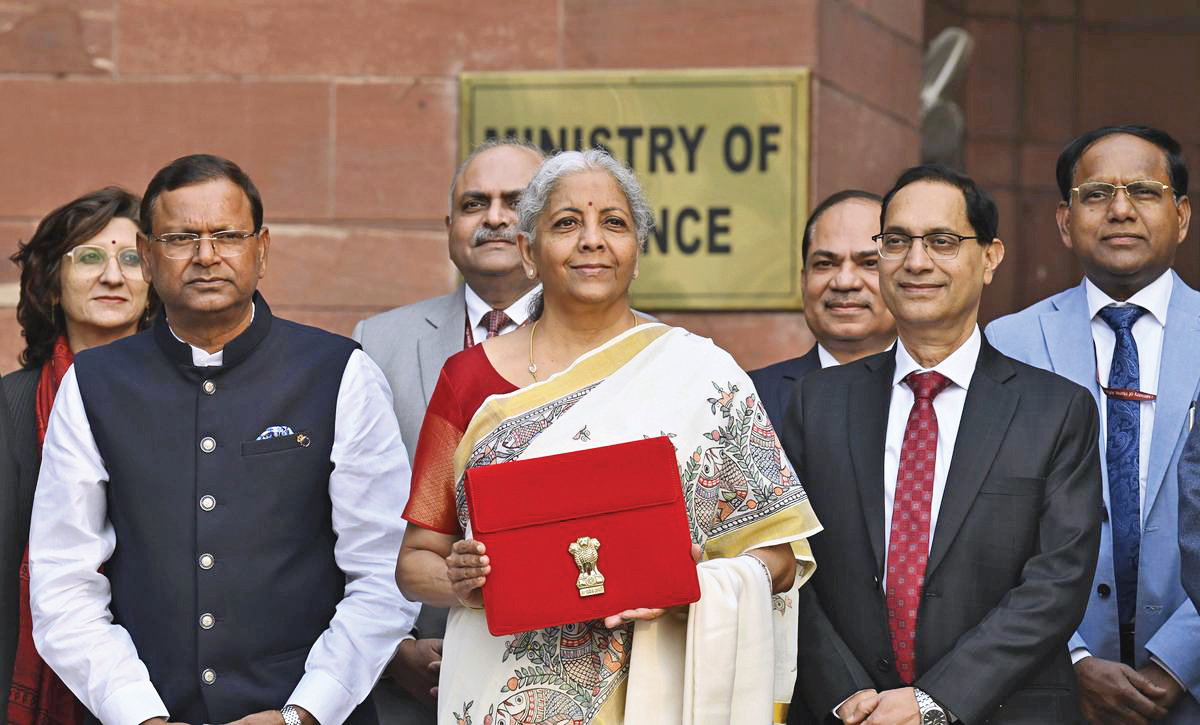
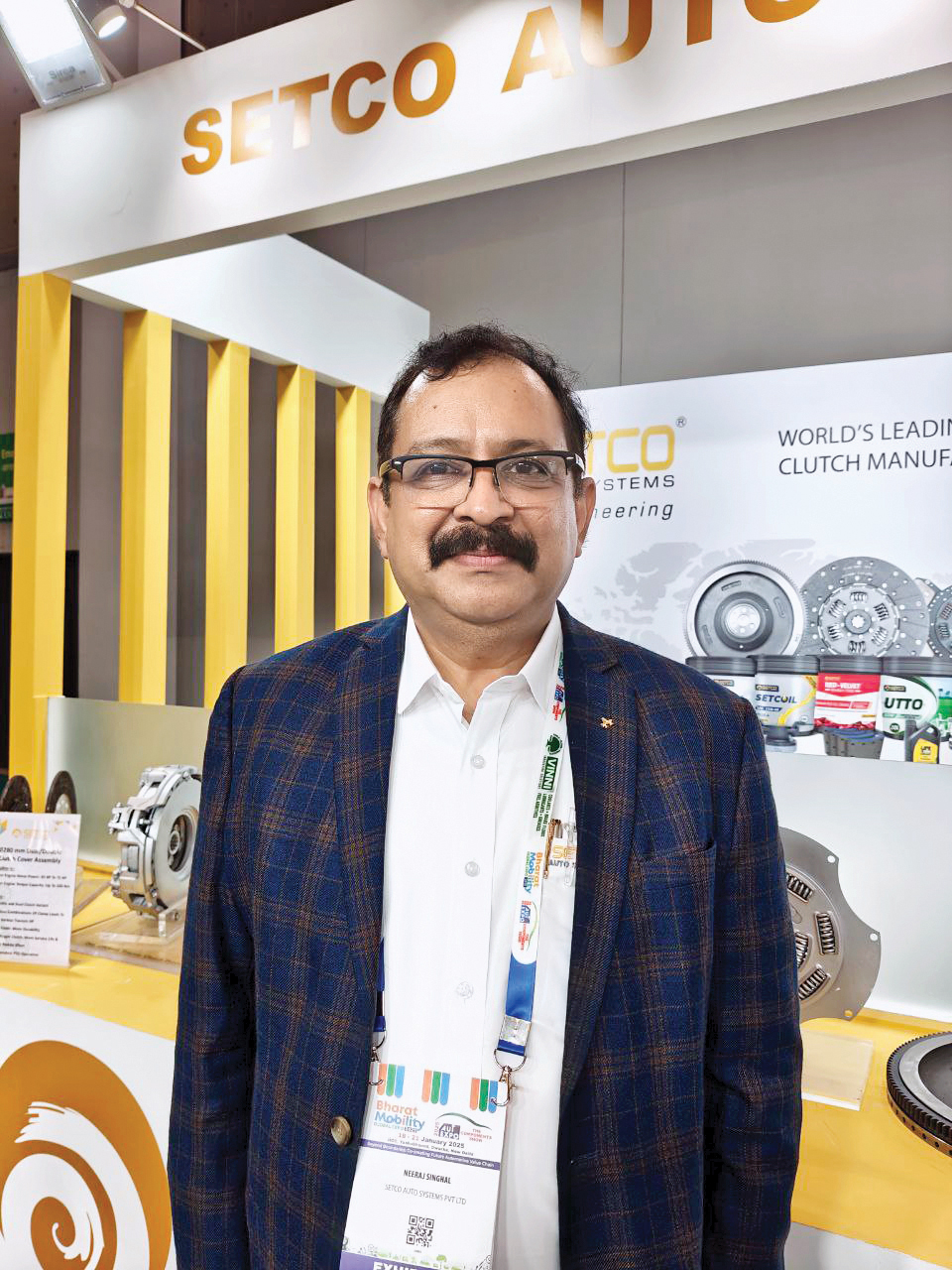
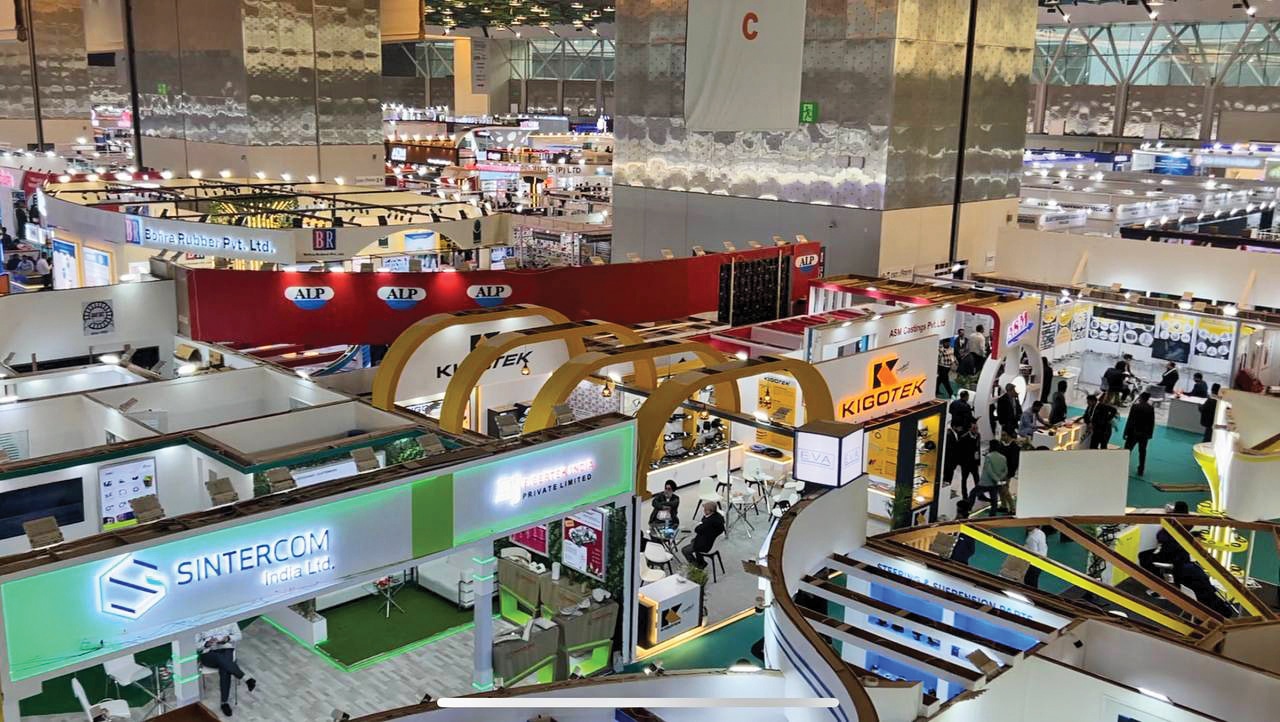

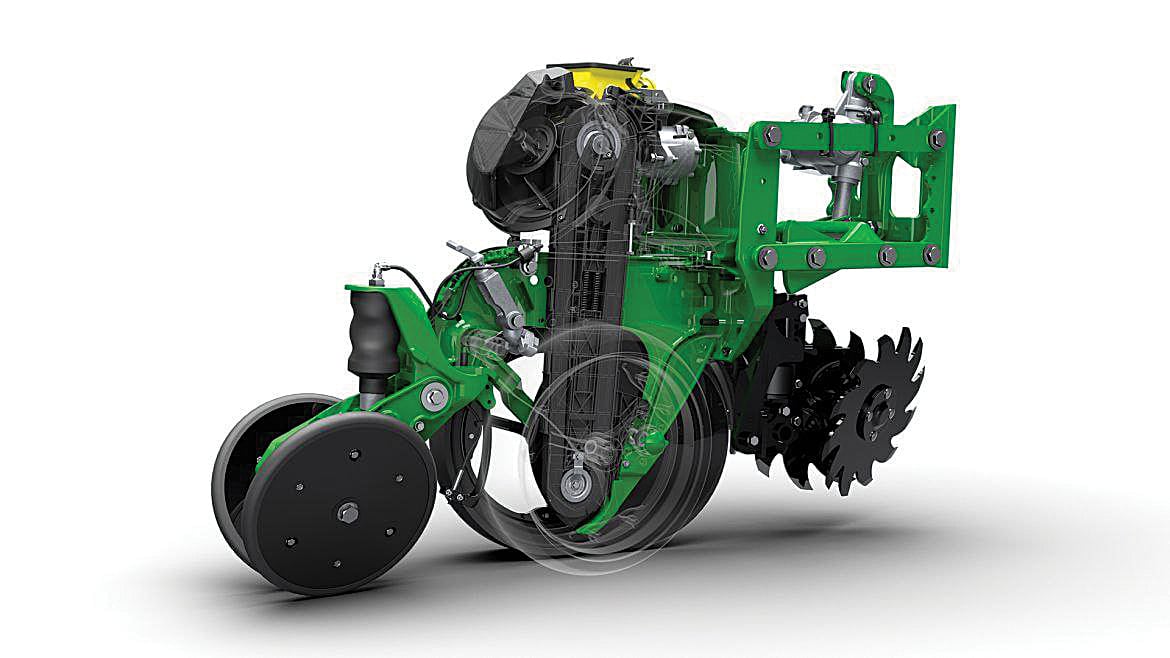
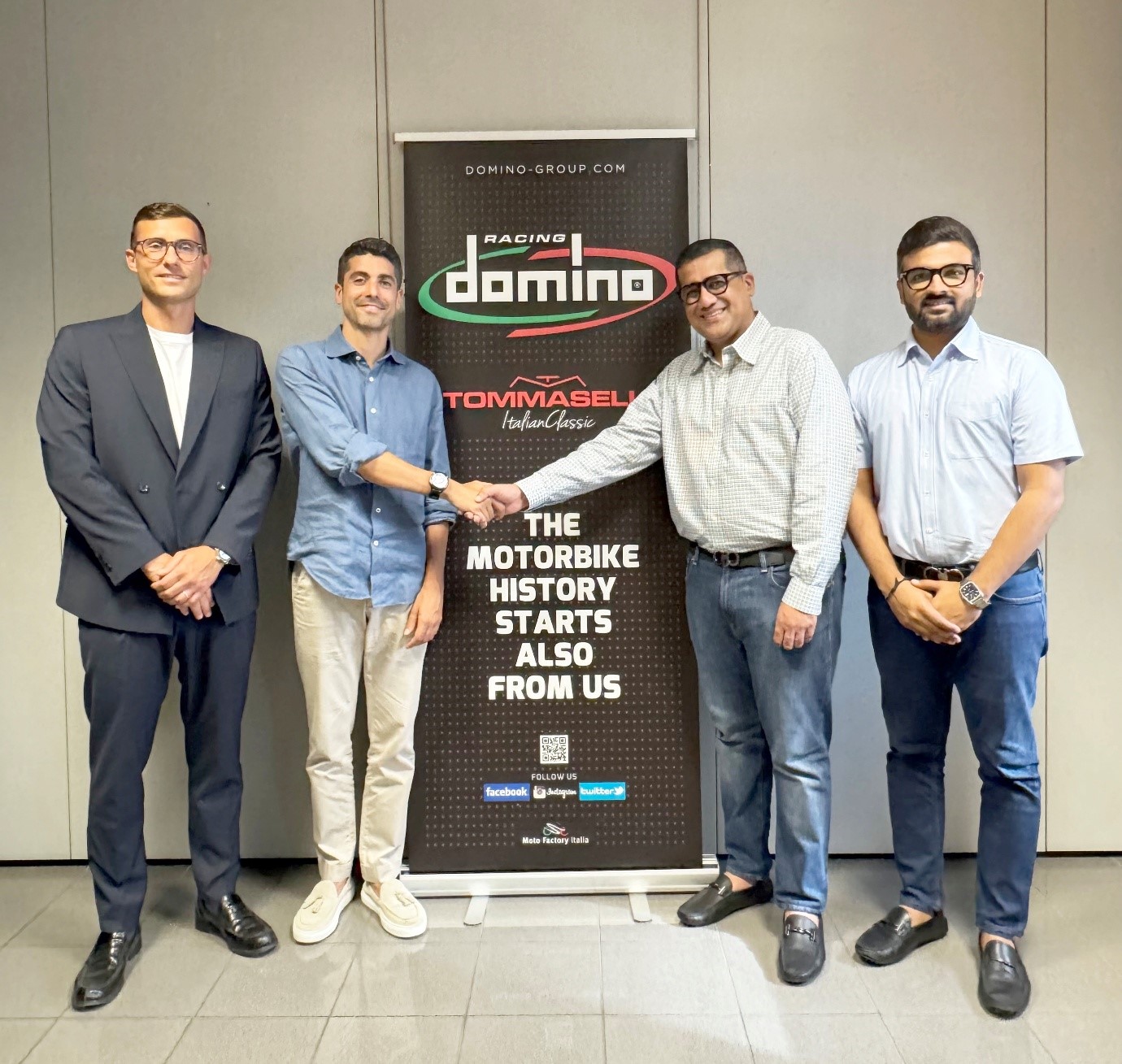
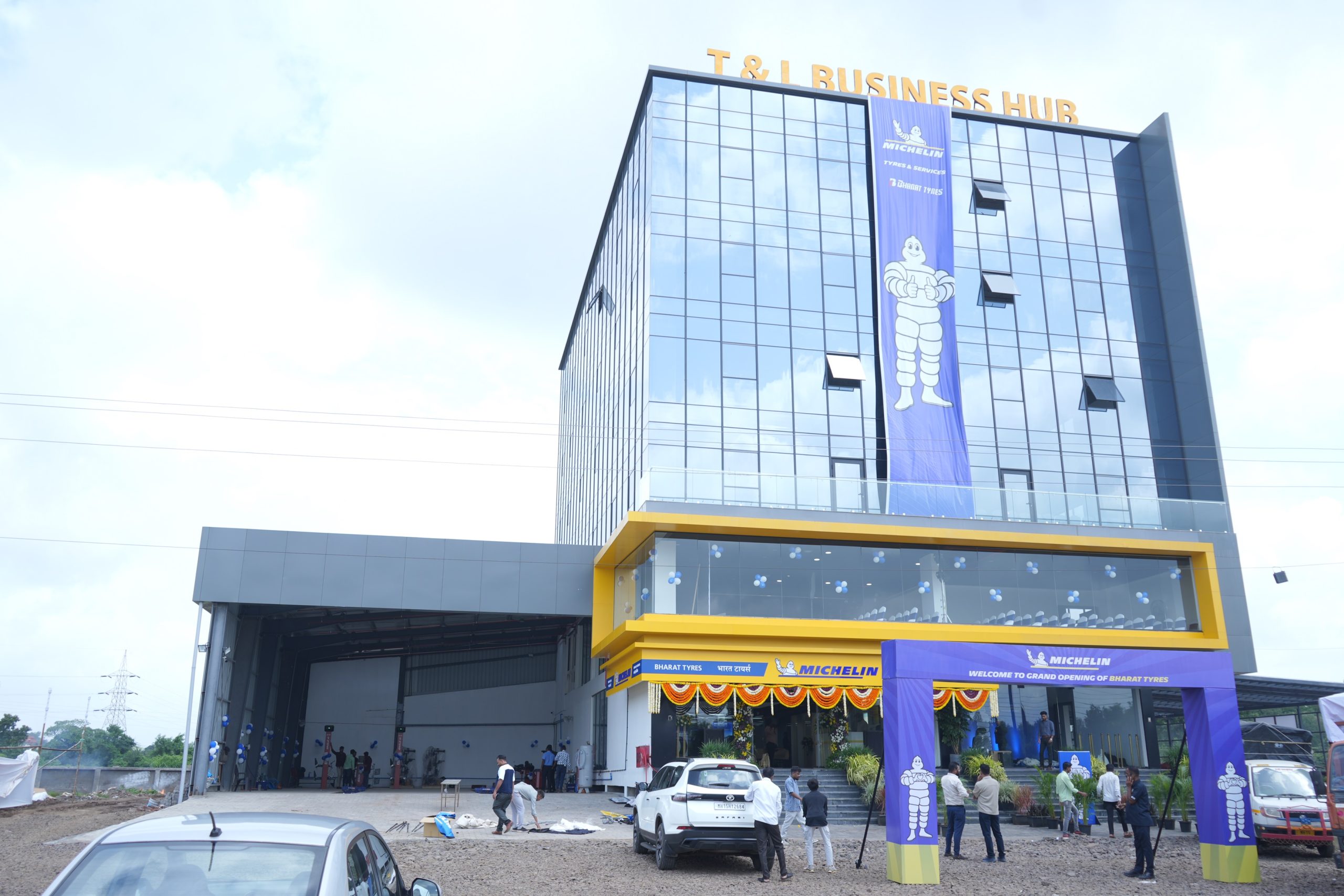
Leave a Reply